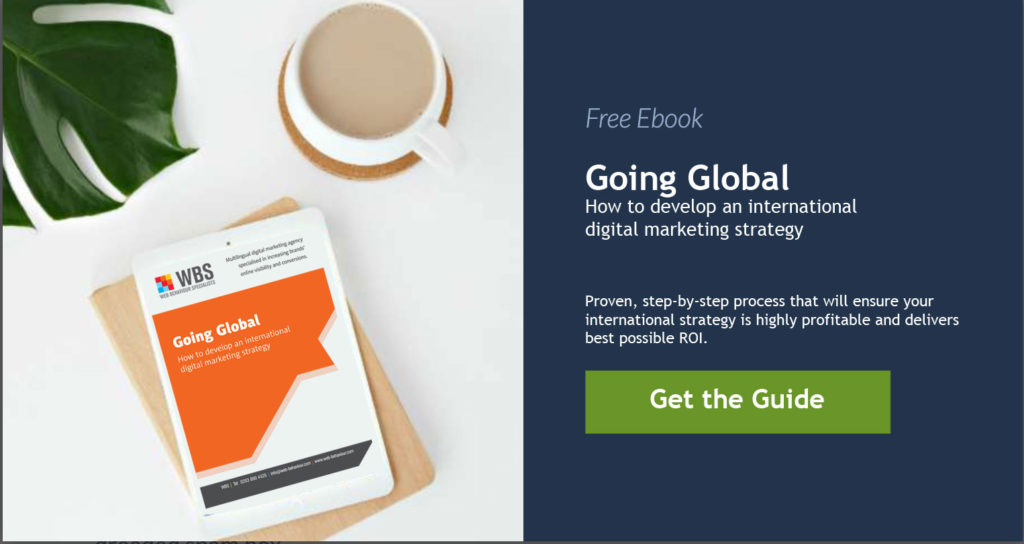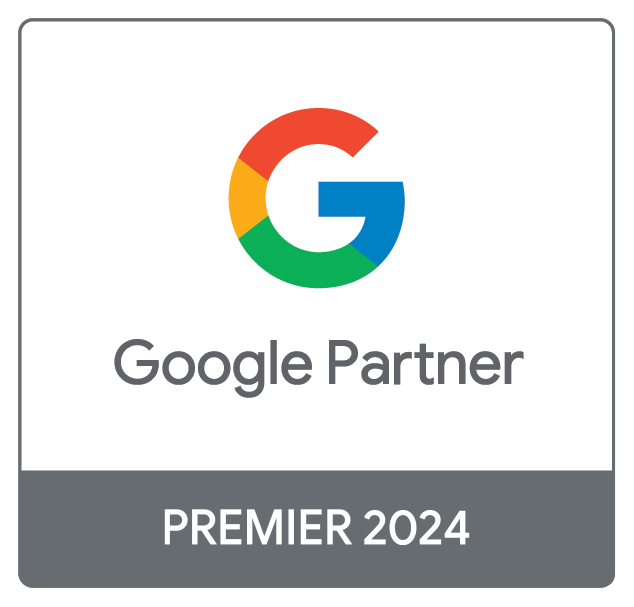Whether you’re already marketing internationally or looking to start, it’s important to build an effective strategy with campaigns that engage with your target audience and drive international sales. This article will help you understand upcoming trends in digital marketing and how to take advantage of them to achieve your objectives.
The world is changing and technology is taking the lead. Today, everything is going digital – entertainment, health, real estate, banking and even currencies. This is, of course, understandable. For example, in North America alone 89% of the population is online.
With everything turning to digital, it means companies are also jumping online to market their businesses. And to survive the challenges of digital marketing, brands need to keep up with the latest trends.
There are some trends that will be specific for individual countries, e.g. marketplaces are on the rise in Asia & Pacific after Amazon entered those markets. But in truth, top digital marketing trends are similar across the globe. So let’s look into some of them:
Personalisation
If you want to stand out in 2019, you need to personalise your marketing – and that means personalised content, products, emails, and more.
Personalisation is key to delivering a great customer experience. Why is it so important? It leads to a 20% increase in sale opportunities from leads as well as converting 4x higher than generic marketing. And what I think is most important – 57% of shoppers are willing to give away their personal information in order to benefit from personalisation.
Imagine that you visit a landing page where you can download an ebook on social media marketing. You leave your name and email address to download it. Next time you visit the same site, you are greeted by your name and you are also shown more ebooks related to social media marketing.
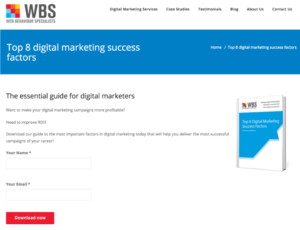 What’s important to keep in mind is that you don’t have/shouldn’t have to collect all data from your potential customers in one go. Start by collecting basic information like name and email address – like in the ebook example above. Most users will be happy to share these with you in exchange for compelling content.
What’s important to keep in mind is that you don’t have/shouldn’t have to collect all data from your potential customers in one go. Start by collecting basic information like name and email address – like in the ebook example above. Most users will be happy to share these with you in exchange for compelling content.
Once you have the basic data, you can start a lead nurturing campaign where you offer leads access to great content, e.g. webinar or training in exchange for more data (company size and job title).
By splitting the data collection into multiple steps, you build trust and reduce the negative impact on your conversion rates. And the more data you have, the more you can use it to personalise your content, website, etc.
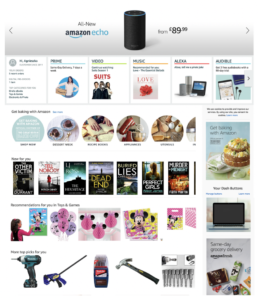 Businesses like Amazon are already leveraging the power of personalisation. From the home page experience, you can learn a lot about me!
Businesses like Amazon are already leveraging the power of personalisation. From the home page experience, you can learn a lot about me!
- I love baking
- I read a lot of crime novels
- My daughter loves Minnie mouse and yes, I love DIY 🙂
One of the fundamental purposes of any personalisation effort is to let your customers know that you’re paying attention to them. So use your data and personalise the experience for them, either by personalising the content on your website, your email marketing and any other contact you have.
Chatbots
Chatbots have been around for years. 2018 was a really big year for them and will continue to be an important part of digital marketing in 2019.
More and more brands are working on using chatbots for customer support and perfecting their chatbot marketing strategy. Right now, chatbots are mostly used for customer service, around 61%, and it’s estimated that 85% of customer interactions will be managed by chatbots by 2020.
This AI-based technology uses instant messaging to chat in real-time, day or night, with your customers or site visitors. It is predicted that chatbots are/will be useful especially in the banking and healthcare industry.
Check top 6 digital marketing challenges in healthcare
Many customers prefer interacting with chatbots as they are responsive, give answers promptly, accurately recall your entire buying history, and never lose patience J These virtual assistants offer outstanding customer service, meeting customers’ expectations and automating repetitive tasks – which means you can focus on more important work.
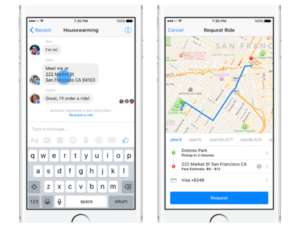 Uber uses chatbot technology to communicate with customers, making it easy for them to hire cars even on Facebook Messenger, from Slack or via Google Maps. Passengers can use the menu to choose the type of ride, make a request, track the location of the car, send friends a time estimate of their arrival, and even make payment.
Uber uses chatbot technology to communicate with customers, making it easy for them to hire cars even on Facebook Messenger, from Slack or via Google Maps. Passengers can use the menu to choose the type of ride, make a request, track the location of the car, send friends a time estimate of their arrival, and even make payment.
Video marketing
In the last few years digital video consumption has grown and is predicted to grow even further. Over the last 5 years, digital video consumption has grown from an average of 39 minutes to 115 minutes every day.
These numbers show the importance of incorporating video into your digital marketing strategy in 2019:
- 70% of consumers say that they have shared a brand’s video
- 72% of businesses say video has improved their conversion rate
- 52% of consumers say that watching product videos makes them more confident in online purchase decisions
It’s clear that this trend won’t be going anywhere so if you aren’t investing in video marketing yet, you should definitely start.
 You can start with something simple like a behind the scenes short video of your Marketing Director sharing insights on your industry, or a video testimonial from your client.
You can start with something simple like a behind the scenes short video of your Marketing Director sharing insights on your industry, or a video testimonial from your client.
And don’t just think YouTube. To witness higher engagement with your video marketing, you can make a video post or start a live broadcast on Facebook, Instagram or LinkedIn.
In the last 2 years live video also saw rapid growth. According to latest stats, 80% of consumers would rather watch a live video than read a blog or social media post.
To take advantage of live videos, you could start by creating e.g. Q&A sessions, live interviews, product demonstrations or streaming straight from an event or conference.
Voice search
As voice searches are growing (voice searches are already taking up to 20% of all Google searches), as are sales of voice-activated home assistants like Amazon Echo or Google Home, it’s becoming more and more important. Younger people (your future customers) are far more likely to use voice search. According to some stats, over 60% of 18-29 years old are using voice assistants.
Because the way we speak is very different from the way we type, your content needs to adapt to natural language search. Voice search doesn’t mean that you need to change your overall SEO strategy or content on your site, but it requires some changes that can help make you more successful in the voice search world. For example:
- instead of focusing on keywords, you need to focus on answering questions the way a human being would
- target longer, naturally phrased keywords – keep in mind the conversational nature of voice searches
- since the majority of voice searches come from mobile, make sure that your site is mobile-friendly
- as more than 40% of voice searches are local, make sure your site is also optimised for local SEO
- use rich snippets to help Google find the right answers
By combining these, you’ll increase the chances of your content appearing at the top of search results. This will not only get you more traffic to your website but also make your brand more visible.
Influencer marketing
According to a report from Nielsen, 92% of people trust recommendations from individuals (even if they don’t know them) over brands.
Using influencers is a very effective marketing tool that works to attract customers. Influencers can be anyone from celebrities and Instagram or YouTube stars to well-known bloggers and journalists who help spread the word about your business or product through their social channels.
Influencer marketing has been popular for many years now and it doesn’t seem likely to disappear anytime soon. It just seems that businesses will change the way they use it.
Instead of aiming for more and more influencers, identify the ones with whom you share the same brand values and audience. They will be the ones who will represent your brand the best. You can then leverage their authority and readership to promote your brand while also building a meaningful relationship.
Your key focus on influencer marketing should be collaboration – create content that speaks to your common audience.
Read how to develop an international digital marketing strategy
Niche content
With so much content everywhere, it’s not easy to break through the noise. This huge amount of content means that you need to stand out. Start by creating content that is either extremely in-depth or creative (which is expensive and time-consuming) or drill down and create content for a smaller niche.
Start by identifying a niche in your industry. But think, maybe instead of writing about content marketing in general, I should write about content marketing for brands who want to expand into new markets?
Micro-moments
People spend an average of 3 hours and 35 minutes on their smartphones every day, and by 2019, mobile devices will be the medium that gets the most minutes in the U.S. (finally surpassing television).
The micro-moment is a type of consumer behaviour which occurs when people reflexively turn to a device, usually a smartphone, to act on a need, to learn something, do something, get details about something or buy something. All of that within a span of seconds (otherwise, they lose their attention and are onto the next article!). Micro-moments work, because they provide consumers with the right information exactly when they need it. And this is changing the way brands must work to capture buyers’ attention.
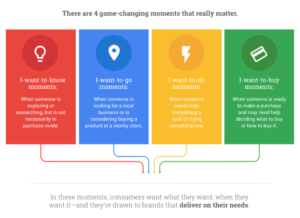
Ultimately, the whole consumer decision journey is a combination of these micro-moments across all channels and devices. The successful brands of tomorrow will be those meeting their consumers needs in these micro-moments. To take advantage of micro-moments in 2019, be where consumers search for information in the moment – such as Google, Google Maps, Amazon, YouTube, and anywhere else people search for information at a moment’s notice.
2019 will be about better customer experience with personalisation, automation and AI-powered technology, so to stay ahead of the curve and increase conversions in the coming year, you’ll need to get better at producing custom, conversational content – particularly audio and video content – to share with your better-targeted audience.

